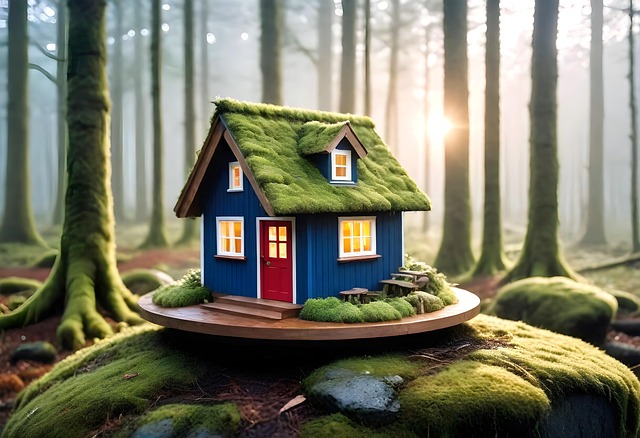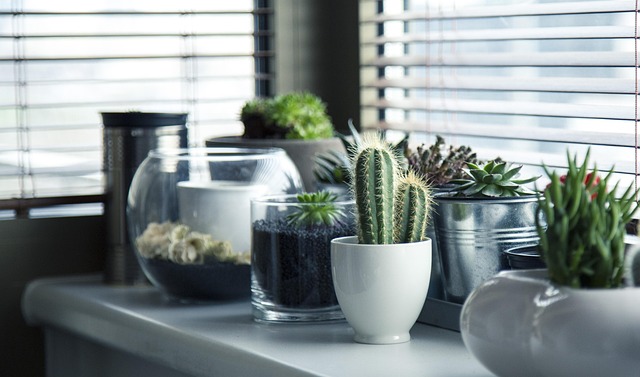A growing trend towards minimalism and intentional living is reshaping the real estate sector, with individuals opting for smaller, thoughtfully designed spaces that prioritize functionality and natural light. Developers are creating compact yet luxurious homes tailored to those who value sustainability and low-maintenance living, revolutionizing the real estate market. Downsizing offers benefits like an organized, clutter-free environment, promoting mindfulness and reducing chaos, while the tiny house phenomenon challenges traditional norms, emphasizing simplicity, eco-consciousness, and reconnection with nature.
In today’s fast-paced world, many are discovering the appeal of downsizing and embracing a minimalist lifestyle. This shift towards simplicity is not just a trend but a revolution in real estate, where space is maximized and clutter is minimized. The article explores how downsizing offers numerous benefits, from creating more living space to promoting sustainable living practices. We delve into the growing tiny house movement and its impact on the real estate market, providing insights for those looking to simplify their lives and reduce their environmental footprint.
Embracing Simplicity: The Minimalist Revolution in Real Estate

In today’s rapidly evolving world, a growing number of individuals and families are embracing a simpler, more minimalist lifestyle. This shift is also making waves in the real estate sector, sparking a real estate revolution centered around downsizing and intentional living. Gone are the days when bigger meant better; instead, we’re seeing a surge in demand for smaller, more thoughtfully designed spaces that prioritize functionality, natural light, and open-concept layouts.
This trend isn’t just about reducing square footage; it’s about reclaiming time and energy from space maintenance and embracing a more mindful approach to living. As folks navigate the real estate market with a fresh perspective, they’re seeking out properties that align with their values of simplicity, sustainability, and low-maintenance living. This shift is fostering innovative design solutions, encouraging developers to create compact yet luxurious homes that cater to those who appreciate the beauty of less.
Downsizing Benefits: More Space, Less Clutter

Downsizing your living space can offer a multitude of benefits, especially in terms of creating a more organized and clutter-free environment. As real estate professionals often advise, simplifying your living arrangements allows for better utilization of available space. With less physical possessions filling up rooms, you gain an extraordinary sense of openness and freedom. This newfound space enables you to move around with ease, fostering a calm and relaxed atmosphere that was previously obscured by piles of belongings.
By embracing minimalism, you can transform your home into a sanctuary where every item serves a purpose. Instead of feeling constrained by the lack of storage, you’ll discover a sense of tranquility and simplicity. This shift in lifestyle encourages a more mindful approach to consumption, leaving behind the chaos of cluttered homes and embracing a life where less is truly more.
Sustainable Living: A Tiny House Movement Grows

In recent years, a significant shift towards sustainable living has sparked a growing movement in the real estate industry—the tiny house phenomenon. This trend is not just about downsizing; it’s an appeal to a simpler, more eco-conscious lifestyle. Individuals are embracing minimalism and opting for smaller living spaces, often built on compact plots of land or even converted from existing structures. The environmental benefits are clear: reduced resource consumption, less waste, and a smaller carbon footprint.
This movement challenges traditional notions of real estate, where larger homes and expansive properties were once the norm. Now, tiny houses offer a viable alternative, appealing to a diverse range of people who value functionality, affordability, and a deeper connection with nature. As urban areas continue to expand, this trend could very well be a game-changer in reshaping how we view and design our living spaces, prioritizing both personal needs and the preservation of our planet.






